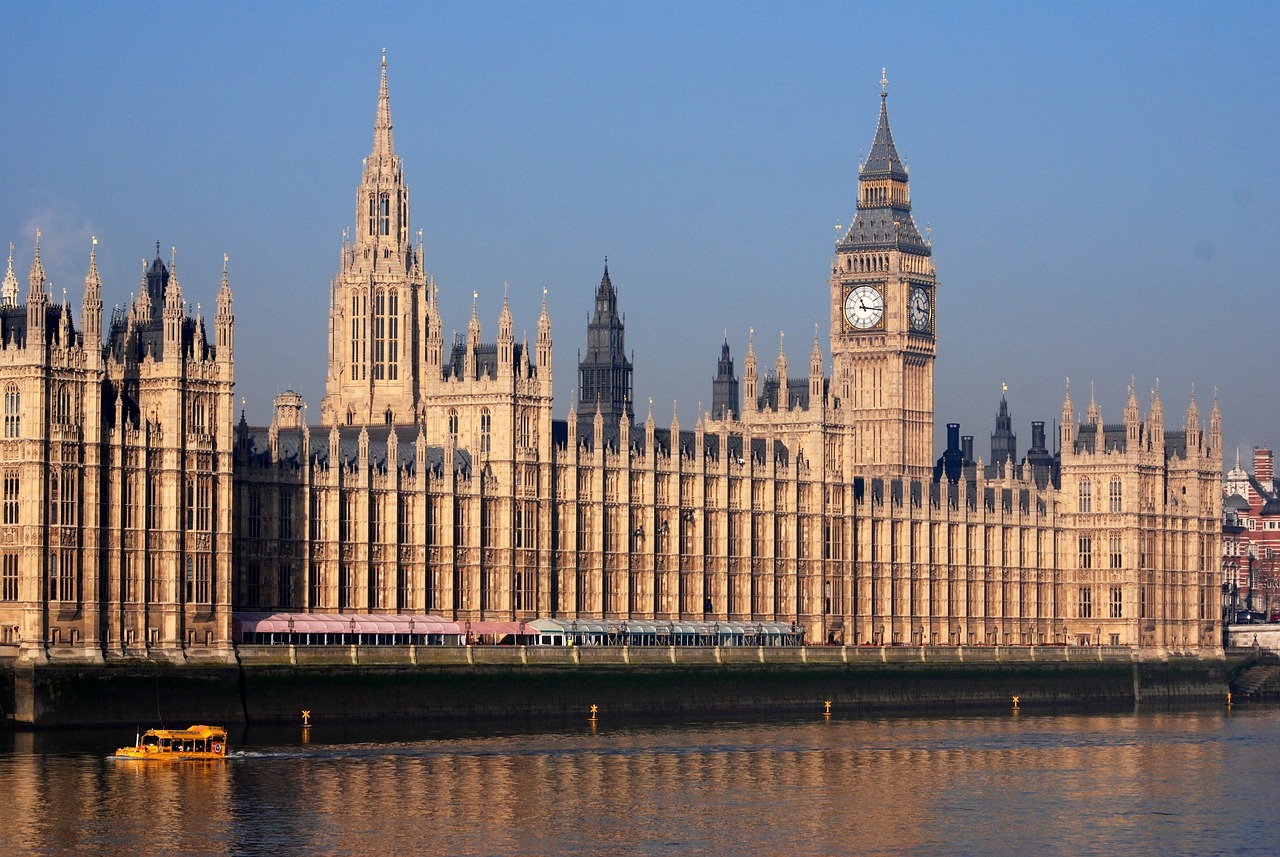Awaab’s Law: What Social Landlords Need to Know Before October 2025
mayurshikotra July 10, 2025
On 25 June 2025, the Government laid Awaab’s Law before Parliament — a landmark step to improve safety and accountability in social housing. Subject to approval, the regulations will come into force on 27 October 2025.
Draft guidance has been published, giving social landlords vital time to prepare, update policies and ensure compliance with the new legal duties.
Here’s what you need to know and do now.
What is Awaab’s Law?
Awaab’s Law follows the tragic death of two-year-old Awaab Ishak in 2020, after prolonged exposure to mould in his family’s home. Introduced under the Social Housing (Regulation) Act 2023, it aims to ensure hazards are tackled quickly and effectively. The law is being implemented in three phases:- Phase 1 — October 2025
- Phase 2 — 2026
- Phase 3 — 2027
What’s Changing from October 2025?
From October 2025, all social landlords will have a legal duty to fix serious hazards, including damp and mould, within set timeframes. Key timelines in the draft guidance: Action | Timeframe | Details |
|---|---|---|
Investigate potential significant hazards | Within 10 working days | Use all available information to assess if the hazard is significant or an emergency. |
Provide written findings to tenant | Within 3 working days of investigation | Clearly explain what was found and next steps. |
Complete safety work (if significant hazard) | Within 5 working days of investigation | Immediate works where a significant hazard is identified. |
Begin further works (if required) | Within 5 working days of investigation | If work can’t start immediately, it must begin as soon as possible and no later than 12 weeks. |
Keep tenants updated | Ongoing | Regular updates and safety advice. |
Provide alternative accommodation (if needed) | As required | At landlord’s expense if works can’t be completed in time. |
New Electrical Safety Requirements
The guidance also proposes:- Electrical installation checks – at least every five years per property.
- Portable appliance testing (PAT) – regular testing of landlord-provided appliances.
Landlords must plan for these across their housing stock too.
What’s Next?
From 2026, Phase 2 will expand to include risks such as:- Excess cold or heat
- Fire and electrical hazards
- Structural and hygiene risks
By 2027, Phase 3 will cover all hazards under the updated Housing Health and Safety Rating System (England) Regulations 2025.
From October 2025, failure to fix serious hazards like damp and mould on time will be a breach of the law, with significant consequences.
Use the draft guidance now to review procedures, work with contractors, and plan how you will meet the deadlines.
We’re already supporting housing providers to prepare. If you need help with Awaab’s Law, or wider housing and litigation advice, get in touch today.

Previous Article

